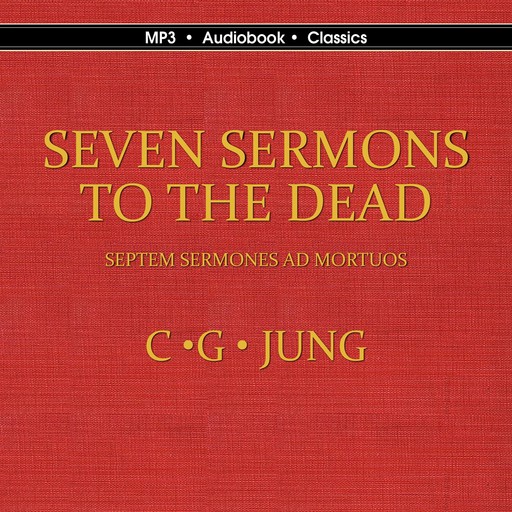We gebruiken cookies om de ervaring met de Bookmate-website en onze aanbevelingen te verbeteren.
Lees onze cookiebeleid voor meer informatie.
Lees onze cookiebeleid voor meer informatie.
Accepteer alle cookies
Cookie-instellingen

en
Audio
Carl Gustav Jung
Seven Sermons to the Dead
Beluisteren in app
Impressie
Voeg toe aan boekenplank
Al beluisterd
Delen
Facebook
Twitter
Koppeling kopiëren
- Over
- Luisteraars36
In late 1913, Carl Jung set out on an exploration of his psyche, a quest he called his "confrontation with the unconscious". In doing so, he would enter an imaginative state of consciousness and experience visions, a process that continued with varying intensity for the next ten years. He recorded his visions in six black-covered journals that he referred to as the “Black Books”, which provided a chronological record of his visions and dialogues with his soul. Along the way he used this material to begin drafting the manuscript of his legendary Red Book, a red leather-bound illustrated volume that was the formal document of this journey and which he kept private during his lifetime. He maintained that the visions recorded in the Red Book represented the nucleus of all his later work. The “Seven Sermons to the Dead”, or Septem Sermones ad Mortuos, is the only portion of the Red Book manuscript that Jung shared during his lifetime. He had the Septem Sermones privately printed as a small book in 1916 and occasionally gave copies to friends and students; it was never published and was only available as a gift from Jung himself. Jung’s heirs denied access to the Red Book after his death in 1961 until 2009, when it finally published, and it was discovered that the Septem Sermones was the closing section of the book. This context, combined with the tone and content, led one Jungian scholar to consider them as the "summary revelation of the Redbook". The Sermones ad Mortuos was included as an appendix to Jung's autobiographical memoir Memories, Dreams, Reflections when it was published in 1962.
meer
- Auteursrechteigenaar
- Author's Republic
- Uitgeverij
- Author's Republic
- Stem
- Douglas Harvey
- Jaar van uitgave
- 2022
Hebt u het al gelezen? Wat vindt u ervan?
👍👎
fb2epub
Sleep je bestanden hiernaartoe
(maximaal 5 per keer)
